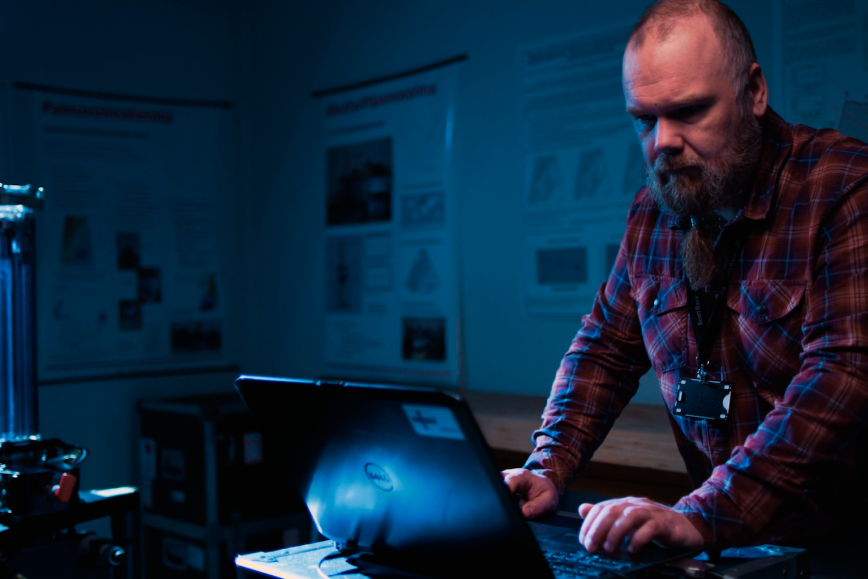The metre, kilogramme, second and other units of measurement are here to stay. However, they do not do so by themselves, as the accuracy of units of measurement must be monitored and ensured through international cooperation. The International Bureau of Weights and Measures (BIPM) is responsible for the Metre Convention established in 1875. The countries committed to it ensure that units of measurement are exactly the same in all countries.
‘For a measurement to be reliable, it must be traceable down to an internationally approved unit of measurement. For example, measuring devices must be calibrated according to this principle to produce reliable results. FGI is one of Finland’s national standards laboratories, specialising in length measurements and gravitational acceleration. In these, we produce accurate and internationally uniform measurement data. For example, gravity does not always remain constant, which is why we measure it regularly,’ says Mirjam Bilker-Koivula, Research Group Manager at FGI.
Units of measurement ensure reliability
Despite its name, the Metre Convention covers more than the metre. The Metre Convention laid the foundation for the International System of Units (SI), which includes not only length but also units of measurement for mass, time, temperature, electric current, amount of substance and luminous intensity. In Finland, VTT MIKES is responsible for the realisation of the SI units and the reliability of measurement results.
Uniform units of measurement are needed everywhere to ensure reliable measurements. In everyday life, the accuracy of units of measurement can be seen, for example, in that time and distances match, pharmaceutical doses are calculated correctly, and a kilogram of coffee costs the same everywhere in international trade.
During the 150-year history, the countries committed to the Metre Convention have seen to the reliability of units of measurement through common standards. The original metre measure was based on a prototype bar kept by BIPM for nearly 100 years. This prototype underwent small changes over time. This is why units of measurement are currently based on different natural constants and no longer on physical prototypes.
The 150-year history of the Metre Convention has seen both scientific and technological leaps. For example, gravity is measured at the NLS with an absolute gravimeter. The deployment of its current version in 2003 was a significant step forward. The NLS is now planning a transition to a quantum-technology-based gravimeter.
The most accurate line in the world is in Nummela
From the perspective of Finnish measurement history, one important landmark is still the normal baseline in Nummela, which is the most accurate distance in the world, measured between two points in the terrain. Its accuracy still outperforms the world’s most advanced distance meters. This is why the baseline is used, for example, to calibrate electronic distance meters, bringing industry customers, researchers and representatives of national land survey organisations to Nummela from across the world.
Further information
Mirjam Bilker-Koivula, D.Sc. (Tech.), Research Group Manager, +029 531 4696
firstname.lastname@nls.fi


